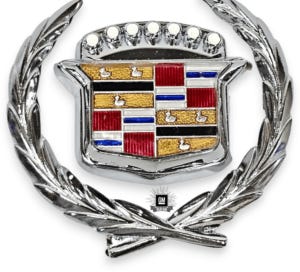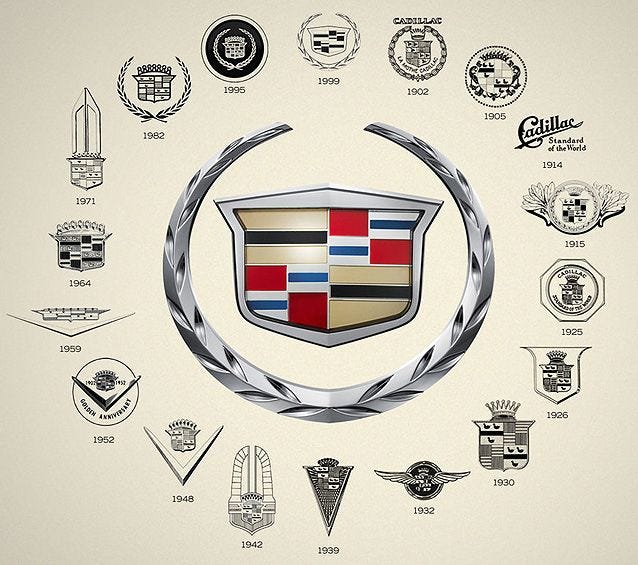There is some outstanding dialogue in John O’Hara’s 1934 novel Appointment in Samarra—some funny, some sad—and some just plain spoken as in the following scene in O’Hara’s fictitious Gibbsville, Pennsylvania.
Cadillac salesman Lute Fliegler visited the local funeral home attempting to sell one to the undertaker, a Catholic.
Unfortunately, the night before, Lute’s boss, Julian English—the novel’s often inebriated central character—had greatly offended a fellow parishioner of the undertaker: he had thrown a drink in his face at the country club. When Lute, who knew nothing about the incident, attempted to close the sale the undertaker told Lute, “…the company you work for, I hear they don’t like people of my faith.”
“What?” Lute said. “Why, the Cadillac car is named after a Catholic. Old Duke Cadillac, he was a Catholic.”
It’s true. “Old Duke Cadillac” was the French explorer Antoine de la Mothe, Sieur de Cadillac, the founder of Detroit.
But there’s more to this “Catholic connection.” Of interest is the Cadillac emblem.
Known as “the wreath and crest,” it is based on Sieur de Cadillac’s family coat of arms reflecting the iconography of a tradition of European heraldry.
The emblem has been redesigned nearly 30 times over the past 100 years.
Each element of the Cadillac crest has a different meaning. The original logo, introduced in 1905, had a number of elements that are no longer present such as the coronet studded with pearls and the merlettes. According to Motor Trend magazine (February 2023), the merlettes, mythical small birds without beaks or feet that never touch the ground, always in flight, represent constant striving for excellence, and when presented as a trio reference the Holy Trinity.
Cadillac's own history of the crest notes that several elements indicate various virtues such as purity, charity, and knightly valor—honorable service by Sieur de Cadillac’s ancestral families during the Crusades.1
Today, according to Cadillac, the black against the gold symbolizes riches and wisdom; red meaning boldness and prowess in action; silver, to symbolize purity, virtue, plenty, and charity; and blue to stand for knightly valor.2
Okay, okay, it’s not a sacramental, but it’s still pretty cool.
Back in Gibbsville, the last we heard, somewhere around page 158—much to Lute Fleigler’s chagrin—the undertaker was leaning toward a Buick.
cadillacvclub.com
hemmings.com






This is so interesting! Thank you for writing and researching this!
I’ll bet you a buck, Jim, that Bruce Smith of Corry PA knew the logo history. Some day you should share with your readers the “beer bottle & Bruce Smith’s Coupe de Ville” story...